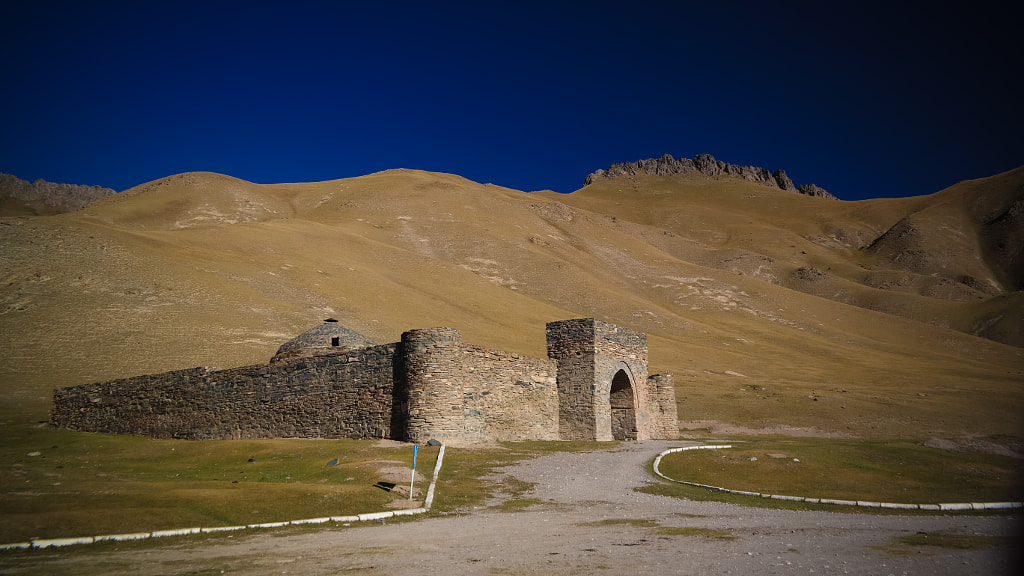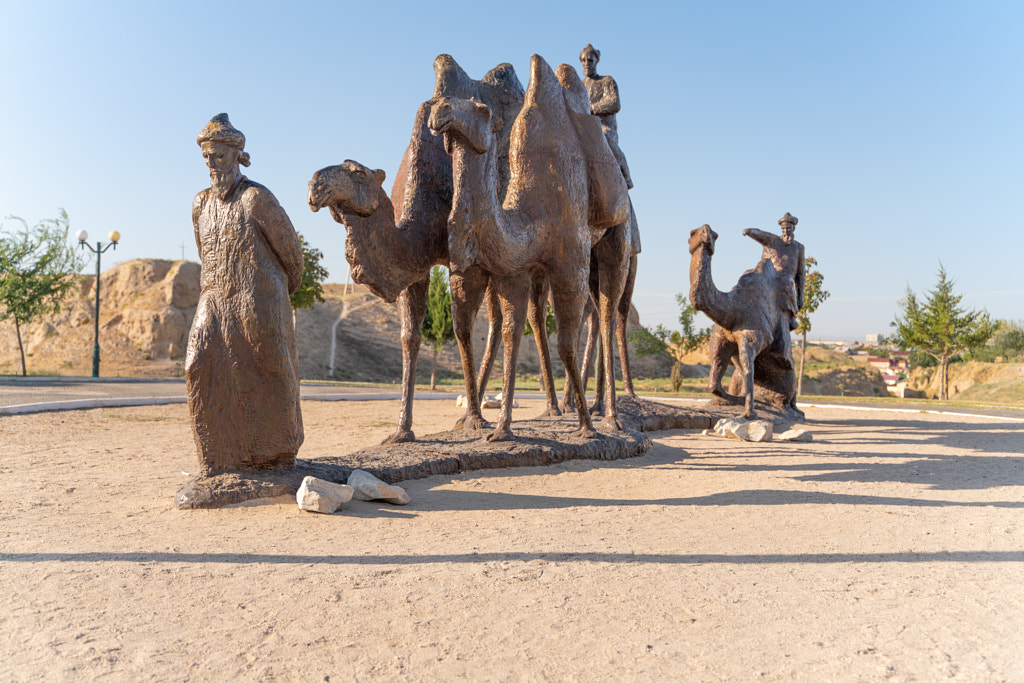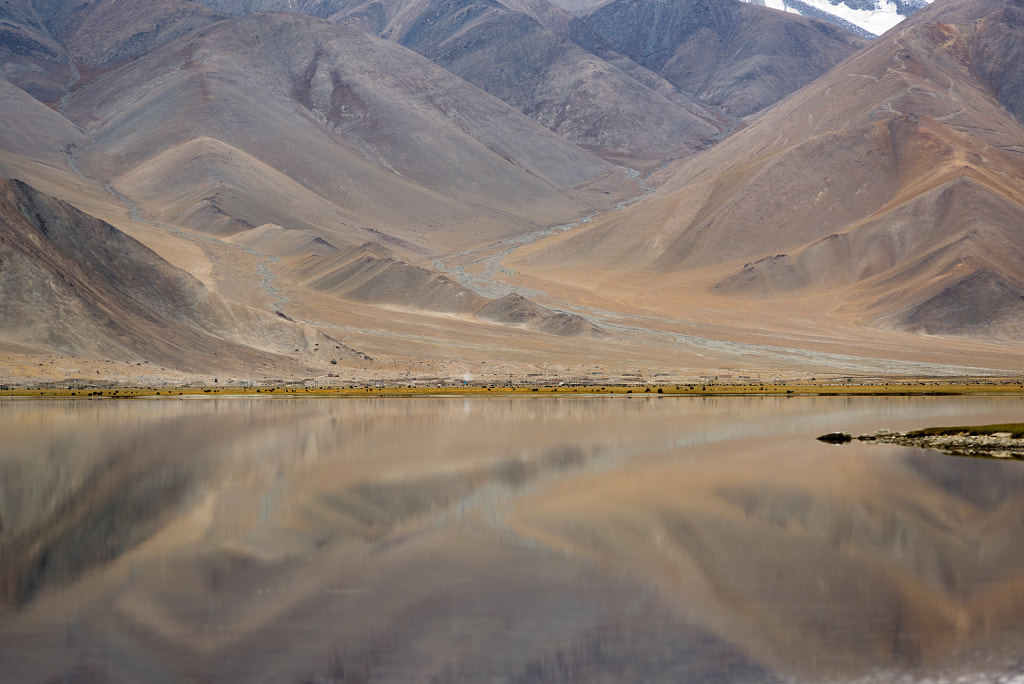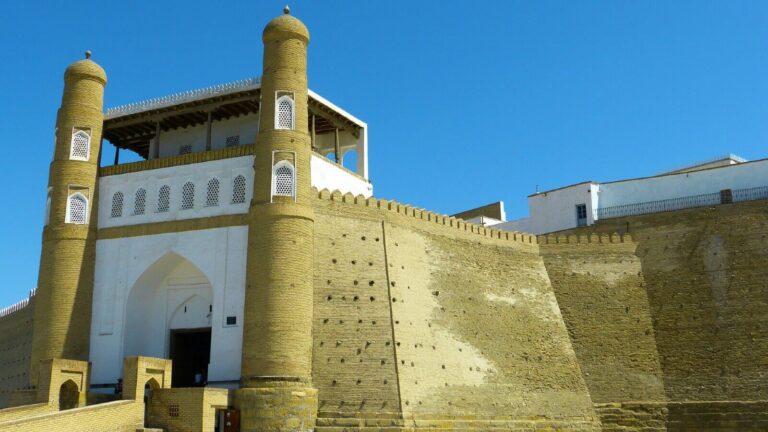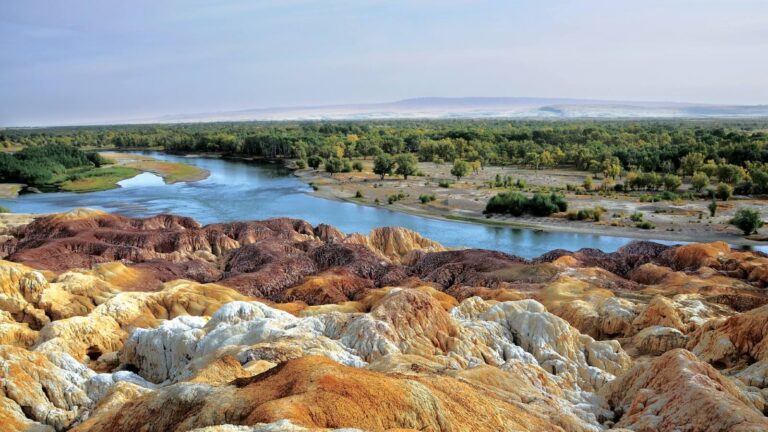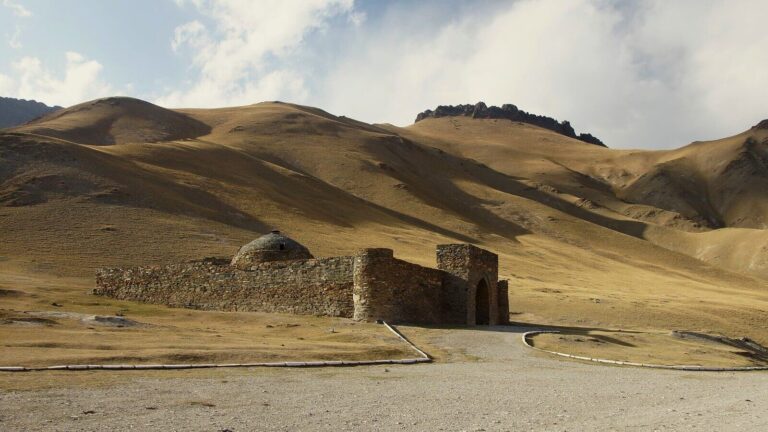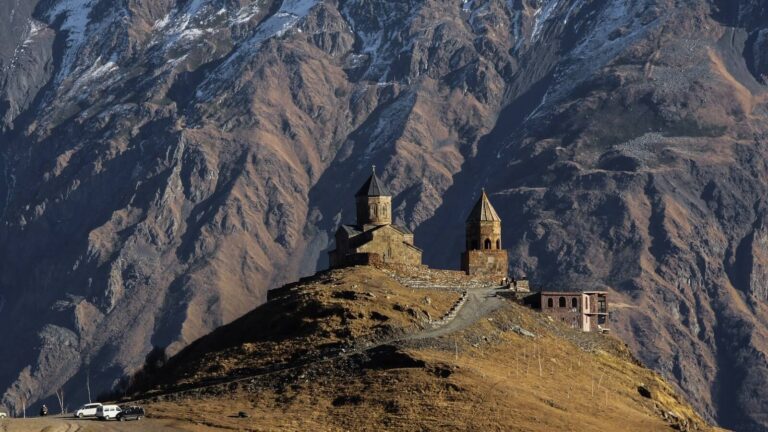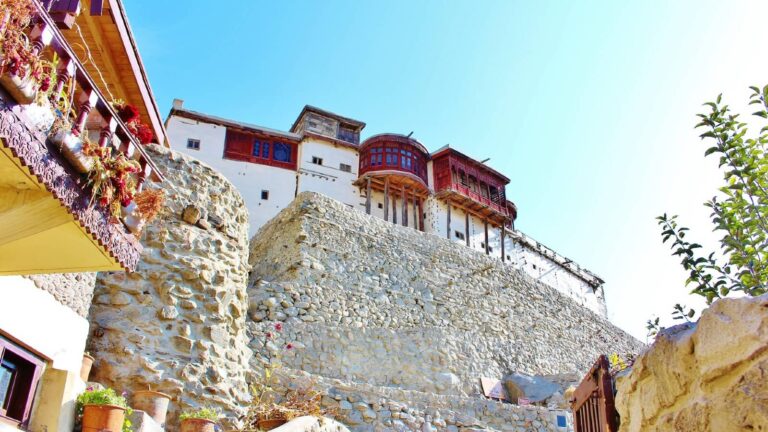The Silk Road was an ancient network of trade routes, formally established during the Han Dynasty of China, which linked the regions of the ancient world in commerce between 130 BCE-1453 CE. As the Silk Road was not a single thoroughfare from east to west, the term ‘Silk Routes’ has become increasingly favored by historians, though ‘Silk Road’ is the more common and recognized name.
This legendary trade route, spanning over 4,000 miles, served as a vital artery connecting the East and West for centuries.
Over the centuries, the Silk Road underwent remarkable transformations, reflecting the changing powers and civilizations along its path. Initially, the route primarily facilitated the exchange of silk, a highly coveted luxury fabric produced exclusively in China. However, it soon became a conduit for a diverse array of goods, ideas, and religions.
From China, the Silk Road extended through Central Asia, passing through cities like Samarkand, Bukhara, and Kashgar, before branching into multiple routes, including the northern and southern routes, and eventually reaching destinations like Persia, India, and even Rome.
The Silk Road not only facilitated the exchange of goods but also fostered cultural and intellectual exchanges. It became a melting pot of different cultures, where merchants, explorers, scholars, and pilgrims interacted, leaving an indelible impact on the regions it traversed.
The Silk Road routes also opened up means of passage for explorers seeking to better understand the culture and geography of the Far East.
Marco Polo famously used the Silk Road to travel from Italy to China, which was then under the control of the Mongolian Empire. They did not travel by boat, but rather by camel following overland routes.
Embark on this journey and immerse yourself in the tales of the Silk Road’s past, where the echoes of its vibrant history can still be heard today.

